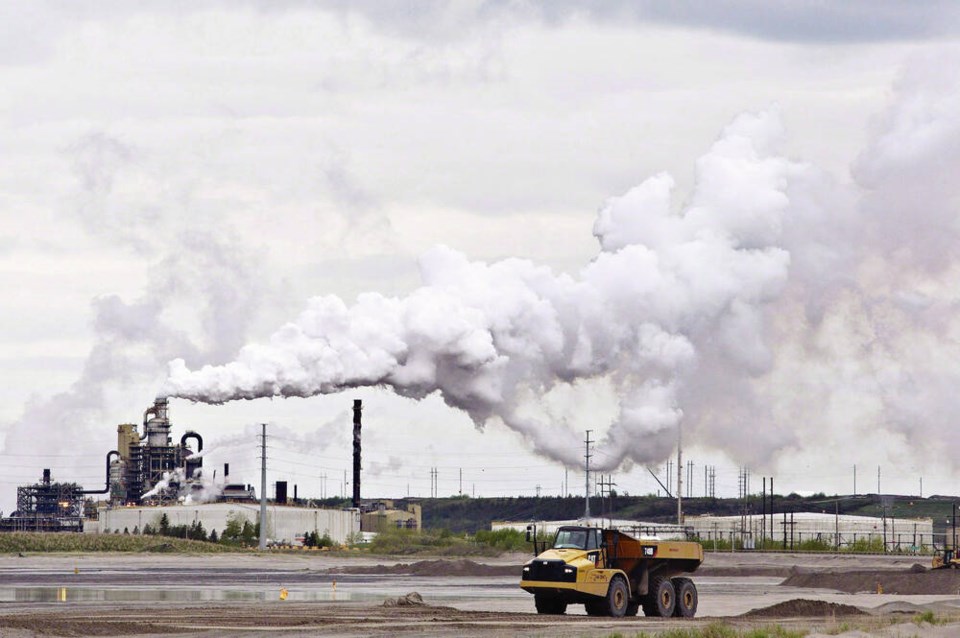Given that we only have one planet, we need to live within the carrying capacity of the global ecosystem that is Earth. Yet as I noted last week, Canada’s ecological footprint per person is equivalent to using 5.1 planet’s worth of biocapacity and natural resources every year.
By March 13, we had already used our fair share of biocapacity for the year. After that, our demands are taking from other people around the world, future generations and other species, who need that biocapacity to meet their needs.
But troubling as this is, the reality is worse than the ecological footprint suggests because, to paraphrase statistician George Box’s observation about models, “all indicators are wrong, but some indicators are useful.” The problem with both models and indicators is that they can only give us a partial picture of reality.
So while useful in many ways, it is important to understand the limitations of the ecological footprint. The Global Footprint Network goes to some lengths to clarify both its strengths and its weaknesses on its website (go to their FAQs for more details).
The key point is that the ecological footprint measures the ecosystems’ annual capacity to produce biological materials (in essence, microbes, fungi, plants and animals, all of which are renewable resources). These can then be used to meet the demands of humans and to absorb our wastes, primarily our carbon emissions.
However, it does not measure things that are “not created by biological processes nor absorbed by biological systems.”
So the ecological footprint does not reflect the extraction of non-renewable resources such as metals and minerals, since they are not produced biologically, although the energy and any biologically produced materials used in extracting, refining, processing, and shipping these mineral resources are included. Moreover, if they are toxic, then when they or their wastes enter the environment, they may cause a loss of bioproduction that can be measured.
However, the ecological footprint does not measure the impact of pollutants that are not produced biologically and “cannot be absorbed or broken down by biological processes.” Thus it cannot directly measure the impact of persistent organic pollutants, heavy metals or plastic, although if they cause harm to ecosystems the resultant loss of bioproductivity can be measured, but this is in practice difficult.
Fossil fuels are a little different. They were initially produced through a biological process millions of years ago and, when combusted, produce carbon dioxide and other pollutants. Carbon dioxide is used by biological systems, so the footprint of carbon is “the amount of productive area required to sequester the carbon dioxide emissions and prevent its accumulation.”
Importantly, of the 2.8 hectares per person of biocapacity being used globally to meet current global consumption and waste production, 1.7 hectares per person — just over 60 per cent of our total global footprint — is needed just to absorb our carbon emissions. For Canada, our carbon footprint is 5.3 hectares per person, 65 per cent of our total footprint.
Yet Earth’s annual biocapacity per person is only 1.6 hectares. In other words, absorption of our global carbon emissions requires a bit more than all the bioproductive land available today, while on a per-person basis, Canada’s carbon emissions require more than three times the total global biocapacity available per person.
So if the whole world lived the way we do today in Canada, we would need more than two new planets just to absorb our carbon emissions. This is why we have to drastically cut carbon emissions globally, as the Intergovernmental Panel on Climate Change reported just this week, and why high-emitting countries such as Canada have to lead the way.
Finally, the Global Footprint Network notes, the ecological footprint “is not an indicator of the state of biodiversity, and the impact of a particular activity or process on biodiversity does not directly affect the ecological footprint calculation for that activity.” So that, too, is not reflected in the footprint.
Thus in reality, our global impact is even greater than the ecological footprint would lead us to believe, making it all the more urgent to rapidly reduce our ecological footprint, while also reducing our extraction of metals and minerals, our production of pollutants and our devastating impacts on biodiversity.
Dr. Trevor Hancock is a retired professor and senior scholar at the University of Victoria’s School of Public Health and Social Policy.



